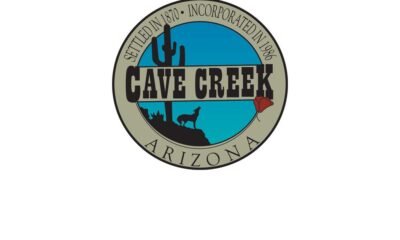Business
Cave Creek’s Lifeline: How CAP and Colorado River Sustain the Community

Cave Creek has transitioned to sourcing all its municipal water from the Central Arizona Project (CAP) Colorado River aqueduct. This move, initiated even before the Cave Creek Water Company was acquired by the Town, was driven by the need for a more secure and high-quality water supply. Similarly, Carefree has significantly decreased its reliance on groundwater in favor of CAP water. The use of groundwater, primarily from long-abandoned town wells, remains a potential supplemental option for the municipal system and is currently being explored by town staff.
A comprehensive study conducted by geologists at Arizona State University in 1991 shed light on the primary groundwater source, known as the Carefree Aquifer. This aquifer collects water from North Scottsdale and Carefree areas. It is notably smaller and shallower compared to the Phoenix Valley aquifer. While the Carefree Aquifer can support most residential wells, it is insufficient to meet substantial municipal demands.
Many wells in the Southwest, including those in our region, contain arsenic levels that exceed federal water standards. Although arsenic levels can be reduced through expensive treatments or blending with Colorado River water, Cave Creek’s Desert Hills uses the latter strategy.
One of the significant concerns with CAP water is the impact of climate change on the Colorado River watershed. Recent years have seen dangerously low levels at Lakes Powell and Mead, dipping to about 25% of capacity. Although better snowfall in the upper watershed has improved levels to approximately 35%, this remains critically low.
The Colorado River is over-allocated, with flow estimates based on unusually wet decades. Arizona has decreased its CAP water usage by reducing water allocated for agriculture, mainly used for growing animal feed for export to the Persian Gulf. Fortunately, Cave Creek has a higher priority claim on CAP water but may still be asked to cut back its usage. Efficient water use, particularly given that most of Cave Creek’s water consumption is for outdoor irrigation and pools, could significantly extend available supplies.
The Phoenix Interconnect, despite its high cost, was a strategic investment to ensure water delivery continuity in the event of a failure in the single aging pipeline that supplies CAP water to Cave Creek. This interconnect not only aids in emergency situations but also facilitates maintenance and repairs of the original pipeline.
The Town staff considered collaborating with other municipalities to tap into water from an expanded Bartlett Reservoir. However, the cost of participation and the uncertain benefits made other options more resource-efficient for extending water supplies.
For residents seeking more information, the professional staff of Cave Creek remain the best sources for detailed inquiries and ongoing updates.
Thomas McGuire
Councilperson, Cave Creek


















